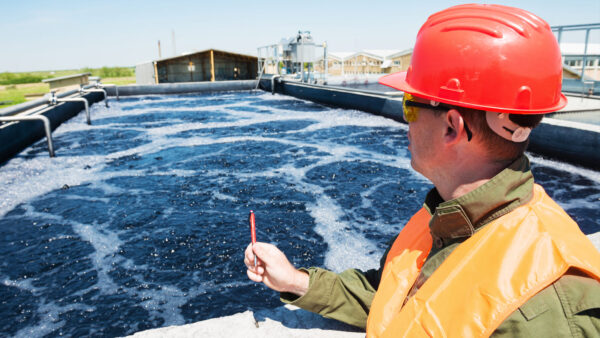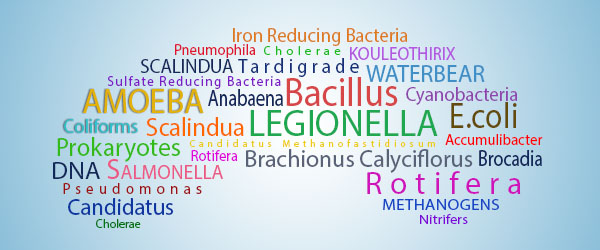Suspended growth systems, such as activated sludge, are a very common form of secondary wastewater treatment. The potential to optimize and improve the operation of such treatment plants using ATP is tremendous. ATP can directly quantify active biomass, which is key to providing secondary treatment. Two of the many potential uses for ATP in a wastewater treatment plant are aeration and solids optimization and toxicity monitoring and identification.
Aeration Optimization
In a typical activated sludge wastewater treatment plant, aeration is responsible for greater than 50% of the total energy consumption. Even a slight optimization can result in significant energy and cost savings. Improving aeration energy consumption is often done through capital upgrades such as replacing old aeration systems with new more energy efficient diffusers or adding online dissolved oxygen sensors. However, typically there is an opportunity to improve aeration energy efficiency through solids optimization.
Oxygen transfer efficiency (OTE) is inversely proportional to mixed-liquor suspended solids (MLSS) concentrations in the aeration basin. Therefore, a decrease in MLSS can yield an increase in OTE, reducing the amount of air that needs to be provided to meet the required dissolved oxygen concentration. MLSS is comprised of four components: living biomass, dead biomass, inert organics and inert inorganics. The goal of solids optimization is to remove excess dead biomass and inert solids thereby increasing the ratio of living biomass to MLSS. This ratio is referred to as the active biomass ratio (ABR). ATP can provide an easy, rapid determination of total active biomass allowing solids optimization to be conducted with relative ease.
Toxicity Identification
Microorganisms in a wastewater treatment plant are susceptible to inhibition from toxic materials which enter with influent wastewater streams. Toxic materials can kill active biomass and reduce the treatment efficiency of the wastewater treatment plant. Using ATP, toxicity can be easily quantified using a biological stress index (BSI). BSI is the ratio of dissolved ATP to total ATP. Dissolved ATP is associated with dead or dying biomass. An increase in BSI would therefore be indicative of an increase in toxicity.
BSI can be used to track influent toxicity. This is particularly helpful in wastewater treatment facilities that treat multiple influent streams. In this case, toxicity can be tracked back to a specific influent stream and corrective actions can be taken. BSI can also be used to track bioreactor toxicity. Routine monitoring will alert operators to toxicity derived upsets well before any effects on effluent water quality is seen. This allows operations to deal with toxicity issues proactively rather than waiting for the treatment plant to fall out of regulatory compliance.









